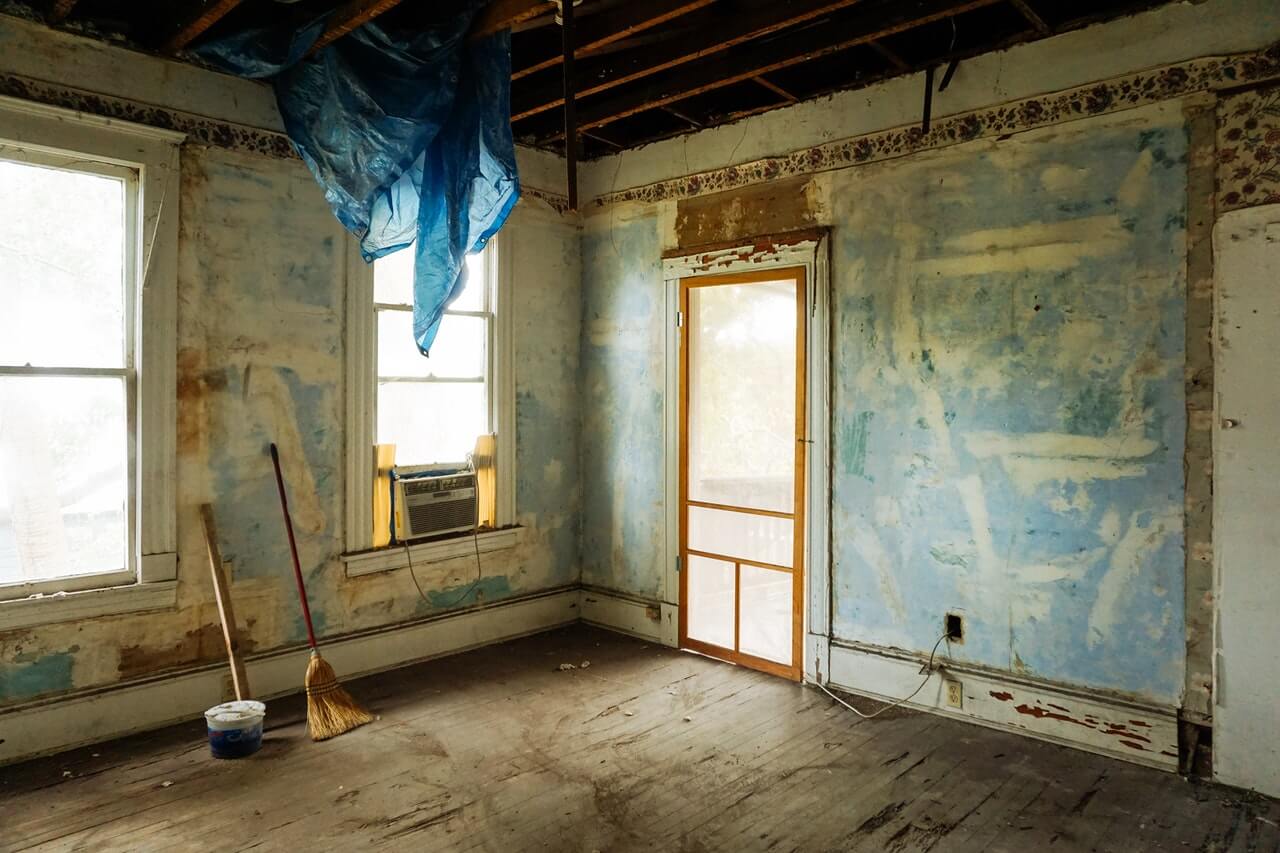
Why ageing real estate is dying out
Old and ageing real estate is a potential death trap for property investors – I call it dying real estate.
Dying real estate is that house on the street – you know the one, we all know one – that might have been a gem in its day, but is now a paint-peeling, tiny-rooms, no garage, falling down, piece of real estate garbage. But, as an investor, you see potential, because it’s on a good street, in a good neighbourhood. It’s surrounded by lovely little houses, all worth a good amount and renting well. And the house you’re looking at buying, is cheap.
But, unless you’re a developer and are ready to demolish and rebuild from the foundations up, this property isn’t right for you.
CONSEQUENCES OF BUYING AGEING REAL ESTATE
Say you buy it and rent it as it is. Even if you can find renters who want to live in a house that has seriously seen better days, chances are the repairs and maintenance is going to cost you. A lot! Suddenly you’re dipping into your own pocket to maintain a house that’s only going to get worse over time.
And, if you decide to renovate, you won’t be able to get away with a cosmetic lift i.e. a lick of paint and maybe a new bathroom that won’t cost the earth. The reasons for that is, once again the chances are the plumbing and the structure is no longer functioning the way people expect. It doesn’t work, it breaks down – it’s dying!
But even if you invest in a huge renovation and spend a fortune, the property has depreciated so much that at some stage you’re going to have to demolish. You’re simply wasting cash on an old relic that needs a lot more than a good polish.
Functionality and liveability are the two primary battlegrounds for real estate today, and dying real state generally has neither. So, what should we ask ourselves when considering buying a property to make sure we’re in with a shot at winning the investment war?
WHAT IS FUNCTIONALITY?
If it’s an apartment, accessibility is key. Does it have a lift, lock up garage and easy entrances and exits?
You need to make sure everything works such as good water pressure in the bathroom, secure doors and windows/screens, good lighting and air-flow.
Floor-plan is also important. For instance, is the home well-spaced, is there natural light, does the garden or balcony get some sun, are the bedrooms and bathrooms separate from the living areas?
Storage is a must. Is there a lock-up garage, built-in wardrobes and spaces outside of the immediate living area where you can create storage, such as a shed or lock-up unit within a communal garage?
WHAT IS LIVEABILITY?
Is it close to social meeting spaces such as restaurants, cafes, bars, cinemas and shops?
Is it a mobile area? Can people walk from their home to work or to social spaces?
Is there a sense of wellbeing? Do you often see people walking, running, cycling in the area? Are there food shops that specialise in healthy foods? Are there gyms and yoga studios?
Is it beach or bush adjacent? Is it a place people are proud to call home?
DISTINGUISHING THE GEMS FROM THE ROCKS
What constitutes a diamond in the rough and what should you avoid at all costs? Getting this right will determine your overall success as a property investor. To understand exactly what makes a great property join our free property investing seminar.
There you’ll be equipped with the tools, resources and support to thrive, and not fall behind on your path to financial freedom – whatever that may look like for you.
Book your spot now and find out what you need to know about the current market landscape and how you can make it work for the ultimate wealth creation opportunities.
Spaces are limited. Book here.
Sam Saggers
Co Founder Positive Real Estate



